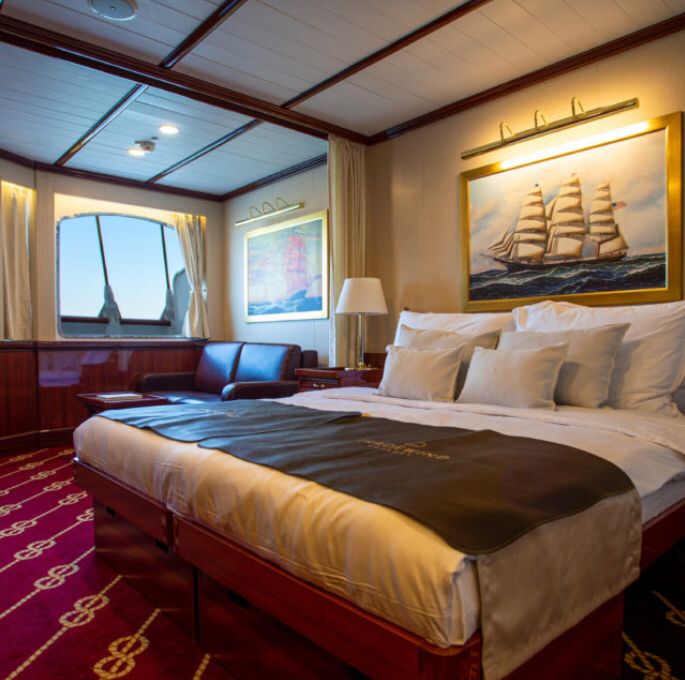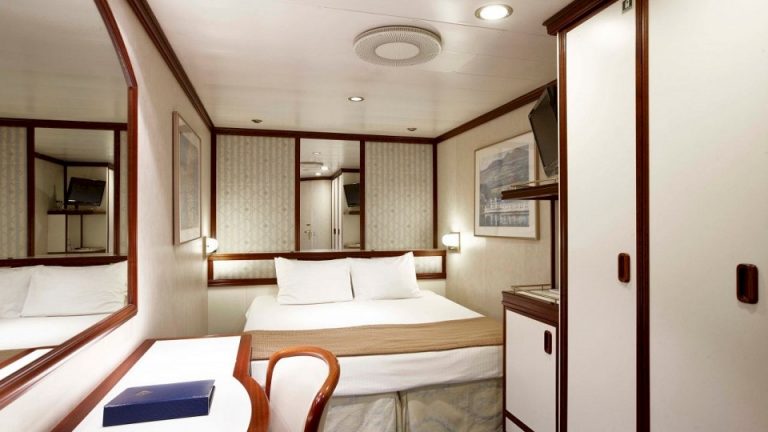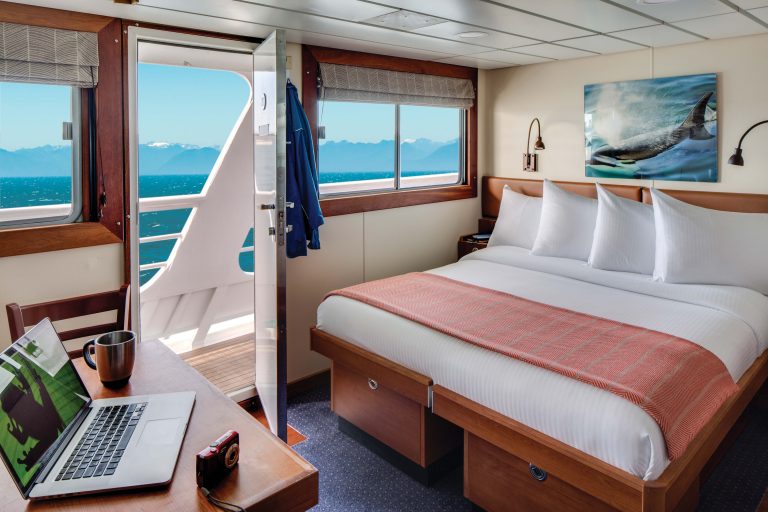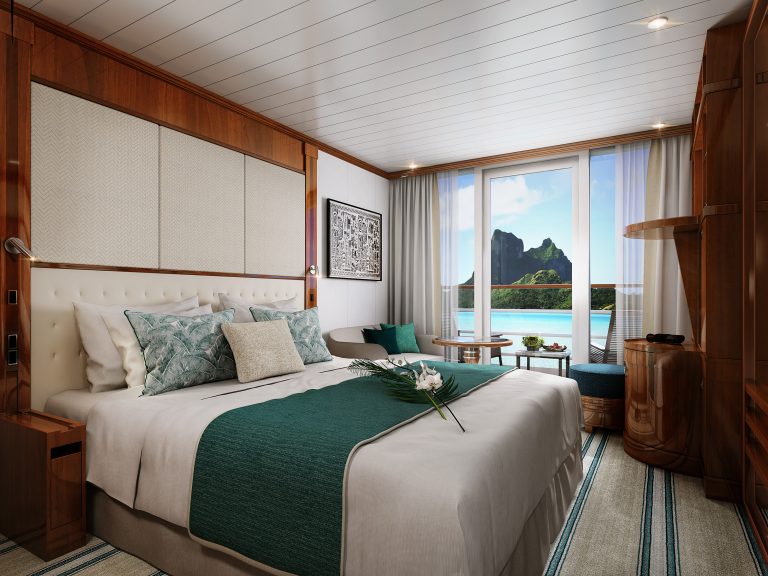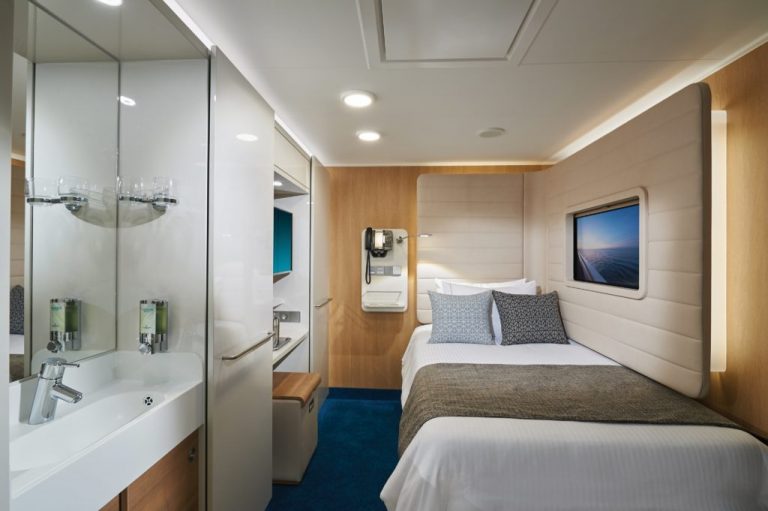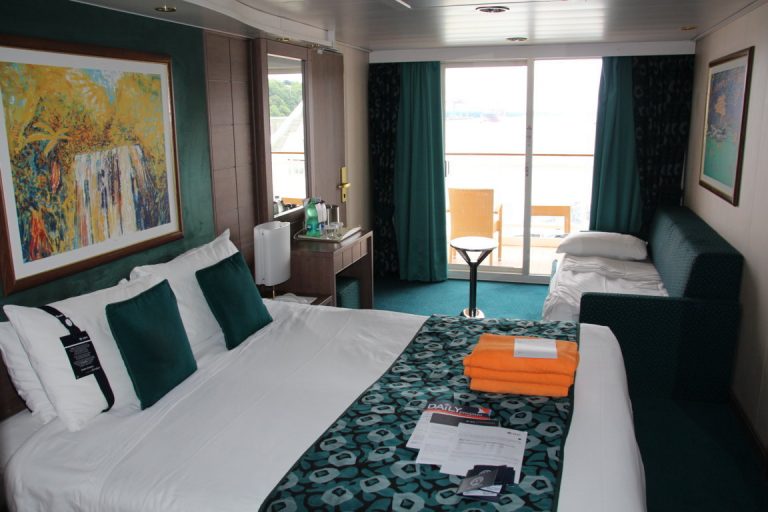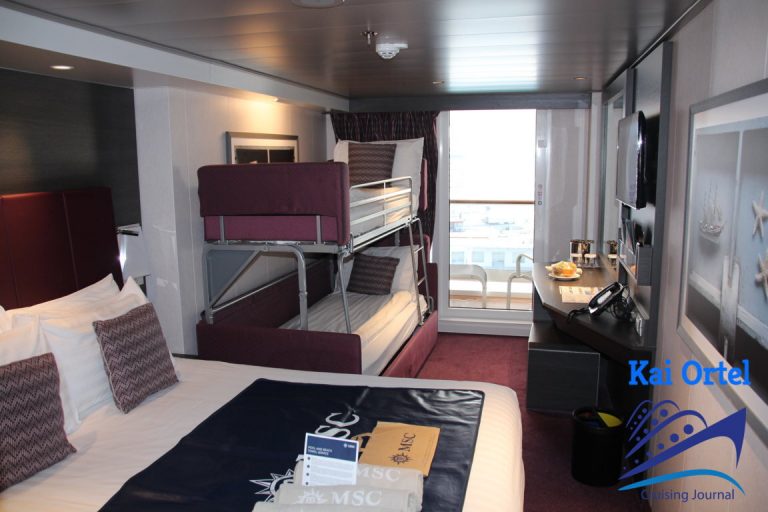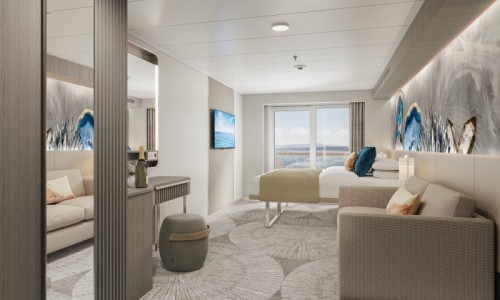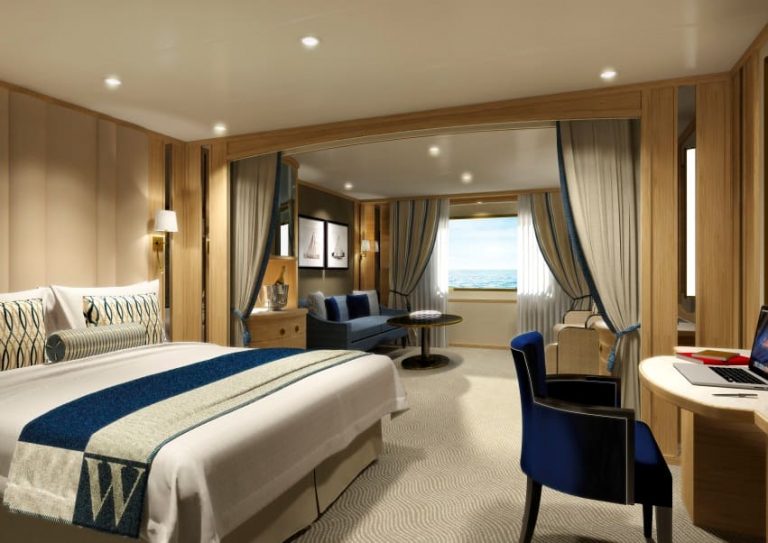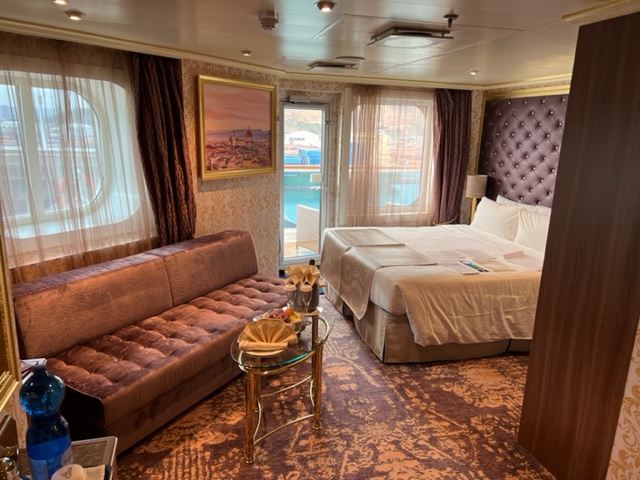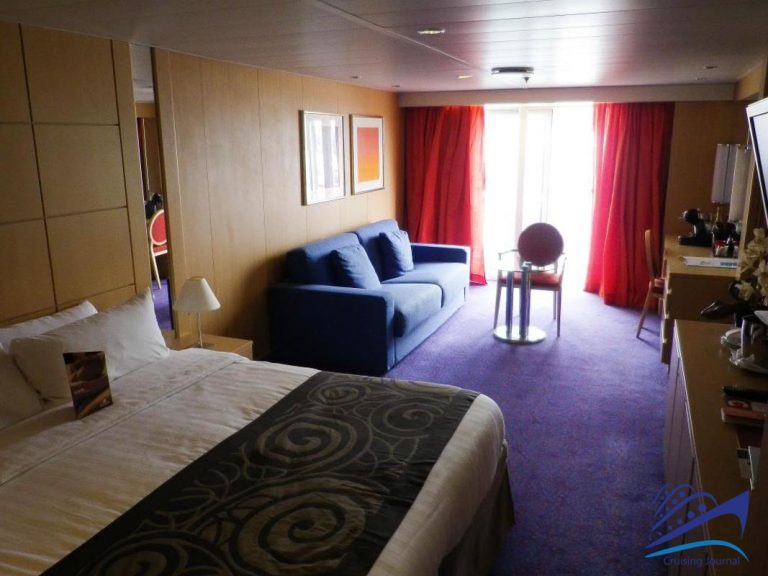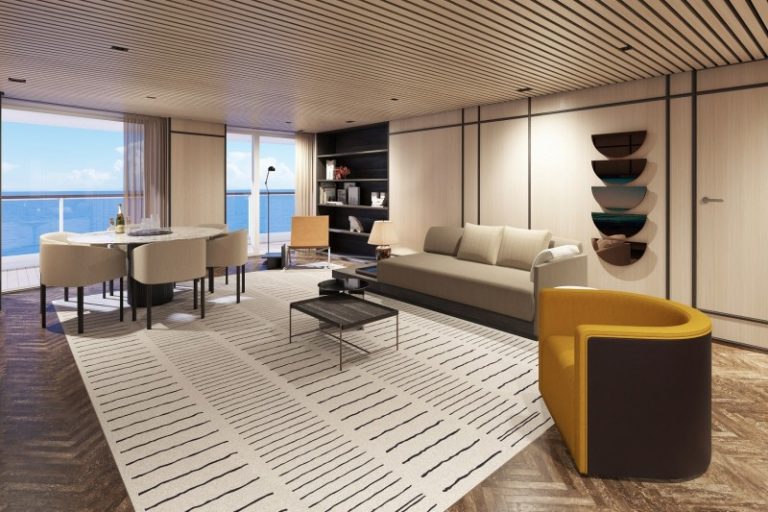Tips for booking the perfect cabin!
You’ re not quite sure on which cabin to book? Here is Cruising Journal‘s advice and information to help you make the perfect decision!
Cruise ships are huge metal boxes whose space is compacted to the max. We cannot expect to find dimensions similar to those of a hotel room. In general, the prices of cabins depend on whether they are outside or inside, with or without a balcony, which deck they are on and their size. However, there are a number of specifics that we need to take into account when choosing the perfect cabin, in addition to our own preferences.
Tradewind Voyages Cabins
Ambience – Ambassador Cruise Line
Ancient cruise ships, of which there are only a few examples left, were characterised by labyrinthine corridors, especially on the lower decks, where the oldest cabins used to be real cramped alcoves, where no reservation was required. Half-covered even underwater, on the propellers or of moderate size were the most common. Today, the layouts of the cabins are linear and the location of the common areas, is closer to the lower decks than the upper ones as before.
First of all and while it may seem a contradiction, the quietest cabins in terms of not feeling the movement of the ship, are at the bottom and in the middle, i.e. close to the centre of gravity of the ship. In accordance with the theory of the tightrope walker, the pendulum, etc., the higher up and to the bow or stern, the more the ship will move. Although many expensive suites are at the bow or stern, they may have a perfect view of the horizon or a full view of not only the ship’s slipstream, but should be avoided if we cannot withstand the oscillations of the waves. If we are overwhelmed by rough seas, perhaps an inside cabin is the perfect choice and if, on the other hand, we are overwhelmed by the fact that the ship is moving in a space with no view, we should avoid the interiors. Although perfect lighting and ventilation are always optimal and perfect for limited budgets, interiors are declined for not being in contact with the sea or for being able to have breakfast on a balcony. On the contrary, if you simply want to have a place to sleep and take a shower, they are the perfect choice.
Lindblad Expeditions Cabins with balcony
Paul Gauguin Cabins standard
Studio on Norwegian Bliss
Another important feature of our cabins is the position to avoid unnecessary noise and/or discomfort. That’s why you should avoid cabins under lounges, on the pool deck where noisy parties are held at night or where pool attendants drag pool chairs at dawn. Also, it is not a good location for cabins very far aft and close to the machinery as we may notice the ship’s vibrations when docking in the harbour.
Cabins near dining rooms should be avoided mainly because of the smells. Cabins near the roofs should also be avoided as these are areas where noise is generated. When we look at the floor plan of our cabin, we must make sure that there is no empty area, as this could be a lift shaft or a service staircase where breakfast trolleys go up for example in the early morning. Connecting cabins are very noisy because the doors between cabins do not provide the best sound insulation.
Msc Orchestra Cabins with Balcony
Msc Meraviglia Cabins with Balcony
Norwegian Viva Balcony Stateroom
Furthermore, one important thing even on large ships, and especially for older people, or people with certain mobility problems, is the number of metres in the corridors that have to be walked every day. The dining rooms are generally at the stern, the theatre at the bow, so a central location is perfect. We also have to take into account the fact that the further away from the central decks are the common elements, the more we have to go up or down in case the lifts are saturated. We will also leave the ship earlier, or get to our cabins earlier, if we are close to the exits.
Classic suite star legend
Costa Firenze Premier Suite
Costa Neoriviera Grand Suite
Norwegian Prima the haven deluxe owner suite
But take note, it is important to double-check on the deck plan whether our cabin is above the doors, through which the captain can enter early in the morning, resulting in noise when closing and opening the door. Single cabins on many ships are usually located in smaller corners or in spaces where a double cabin would not fit. And finally, if there are more than two of you and you want to share a cabin, it is best to opt for a suite as triples and quadruples for instance have double cabins with two upper bunk beds, or whose sofas have fold-out beds. In this case, space becomes limited, especially with interior cabins.
Don’t miss further updates, guides, reports and reviews on the world of cruises on Cruising Journal!

